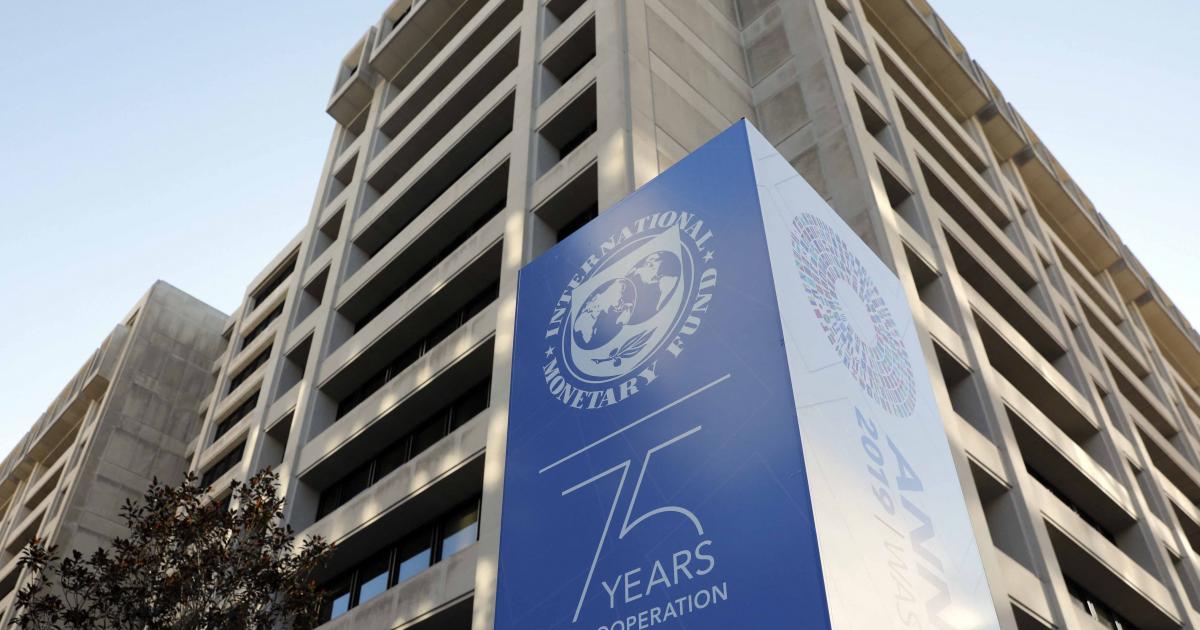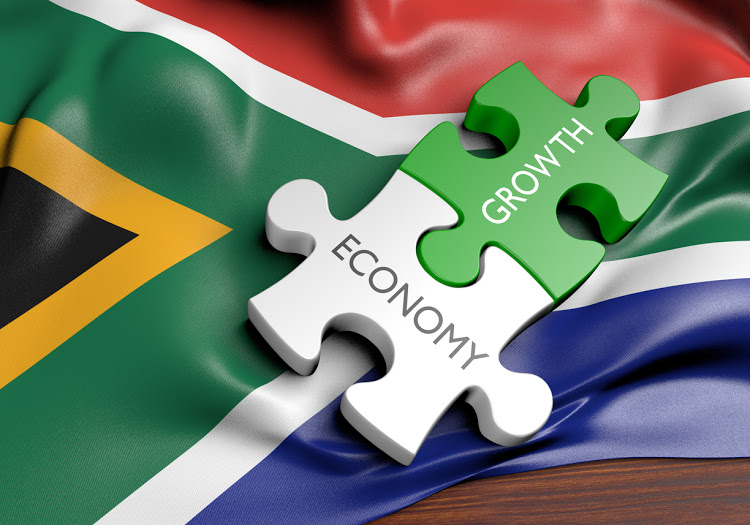- US, Canada Attract Nigeria’s Biggest Crude Oil Buyer
India, Nigeria’s biggest crude oil buyer, is set to make its first purchase of the United States oil, as it seeks to diversify its crude buying amid favourable price differentials.
The US removed the 40-year-old restrictions on its crude exports in December 2015 following the rapid growth of its oil production.
The US Energy Information Administration said in March this year that the country exported crude oil to 26 different countries in 2016, compared with 10 countries the previous year.
Among the countries were buyers of the Nigerian crude such as the Netherlands, Italy, the United Kingdom, Colombia, Singapore, Peru, France and Spain.
S&P Global Platts, on Wednesday, quoted a source from the India’s petroleum ministry as saying, “There will be a consignment of the US crude cargoes in the next few months. We are also looking to buy some oil from Canada.”
India has bought Canadian crude twice, before buying Hibernia crude earlier this year and a cargo of White Rose in 2013.
The source, who said the flows would be on a short-term contract basis, expected purchases of the US and Canadian crude to rise in the coming year.
He also said that the cargoes would be used by Indian state oil refiners, but would not divulge specific names.
Indian state refiners are big buyers of light sweet crude oil, which is largely low in sulphur and yield a generous amount of diesel, jet fuel and petrol, which are the profit-making products for global refineries.
The bulk of rising US oil output is tight oil or shale oil, which is of this quality, and is very similar to Nigerian crude, of which India is the largest buyer.
Trading sources added that as a result, it was not surprising to see India buying the US tight oil though freight costs from the US to India are typically not considered economical.
India’s import of Nigerian crude oil tumbled to a record low of 5.82 million barrels in December from 14.42 million barrels in November amid a sharp rise in its import from Iran.
The country, which in 2013 replaced the US as Nigeria’s biggest market, saw its import of Nigerian crude rise to a peak of 20.37 million barrels in April 2015.
The past few months have seen Asian refiners spoilt for choice, as new and unusual arbitrages have emerged due to output cuts by the Organisation of Petroleum Exporting Countries and 11 major non-OPEC producers.
A number of refiners in China, Japan and South Korea have been importing more light oil and even sour grades from the US as they have become competitive against sour crude imports from the Middle East, where most of the OPEC-led cuts have materialised.
Chinese independent refiners received two million barrels of Mars and Thunderhorse crudes in April, according to market sources.
In addition, Indian imports of Russian Urals crude have risen this year as the key export grade shows signs of competing with some Middle Eastern sour barrels.

 Forex3 weeks ago
Forex3 weeks ago


 Naira2 weeks ago
Naira2 weeks ago
 Billionaire Watch2 weeks ago
Billionaire Watch2 weeks ago




 Naira2 weeks ago
Naira2 weeks ago




 Naira2 weeks ago
Naira2 weeks ago




 Naira1 week ago
Naira1 week ago




 Naira4 weeks ago
Naira4 weeks ago




 Naira3 weeks ago
Naira3 weeks ago






















